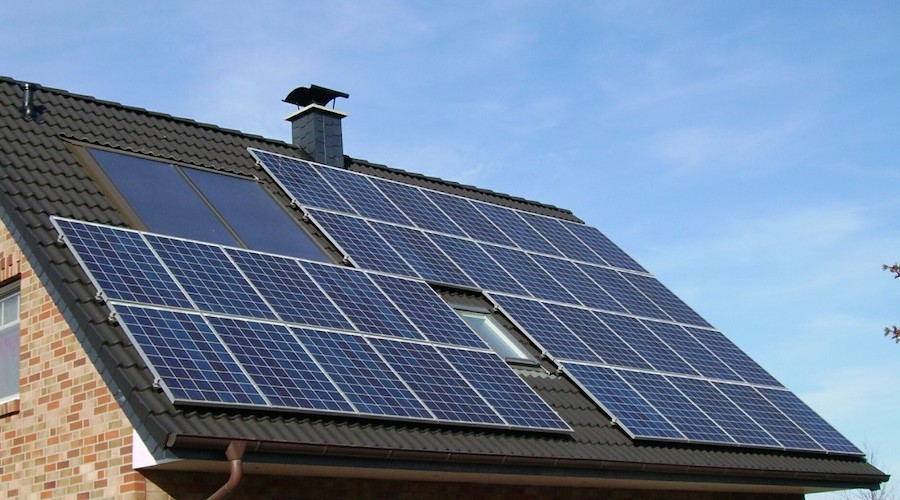New lead battery technology could be lower-cost solution to store solar energy

US-based engineers have joined forces to develop high-voltage reference batteries for behind-the-meter energy storage applications, based on a bipolar technology that uses silicon wafers in traditional lead batteries.
The wafers are similar to those in photovoltaic cells and the idea is that the development becomes a ‘plug and play’ solar-powered energy storage system.
The bipolar technology is known as Silicon Joule and has been developed by Gridtential Energy with the goal of reducing lead batteries’ weight and achieving a performance competitive with that of lithium-ion batteries, but at a lower cost.
The research collaboration will involve building mini-systems using Silicon Joule bipolar batteries and incorporating an optimized charge scheme
Together with Gridtential, the project is being advanced by Electric Applications Incorporated (EAI) and the Consortium for Battery Innovation (CBI).
The research collaboration will involve building mini-systems using Silicon Joule bipolar batteries for testing, with EAI developing an optimized charge scheme to replicate real-life energy storage systems.
The CBI, on the other hand, will provide its technical roadmap to maximize cycle life and energy throughput – two key technical parameters for renewable energy storage.
“Behind-the-meter (BTM) energy storage is a critical piece for the decarbonization landscape with systems booming in demand. In the US alone, Wood Mackenzie predicted 430 MW installed in 2020, reflecting an increase of more than 100% over 2019,” the companies said in a media statement.
“This is driving the need for affordable, safe, high-performing batteries in easy-to-connect packages that incorporate renewable energy for the residential market.”
{{ commodity.name }}
{{ post.title }}
{{ post.date }}

Comments